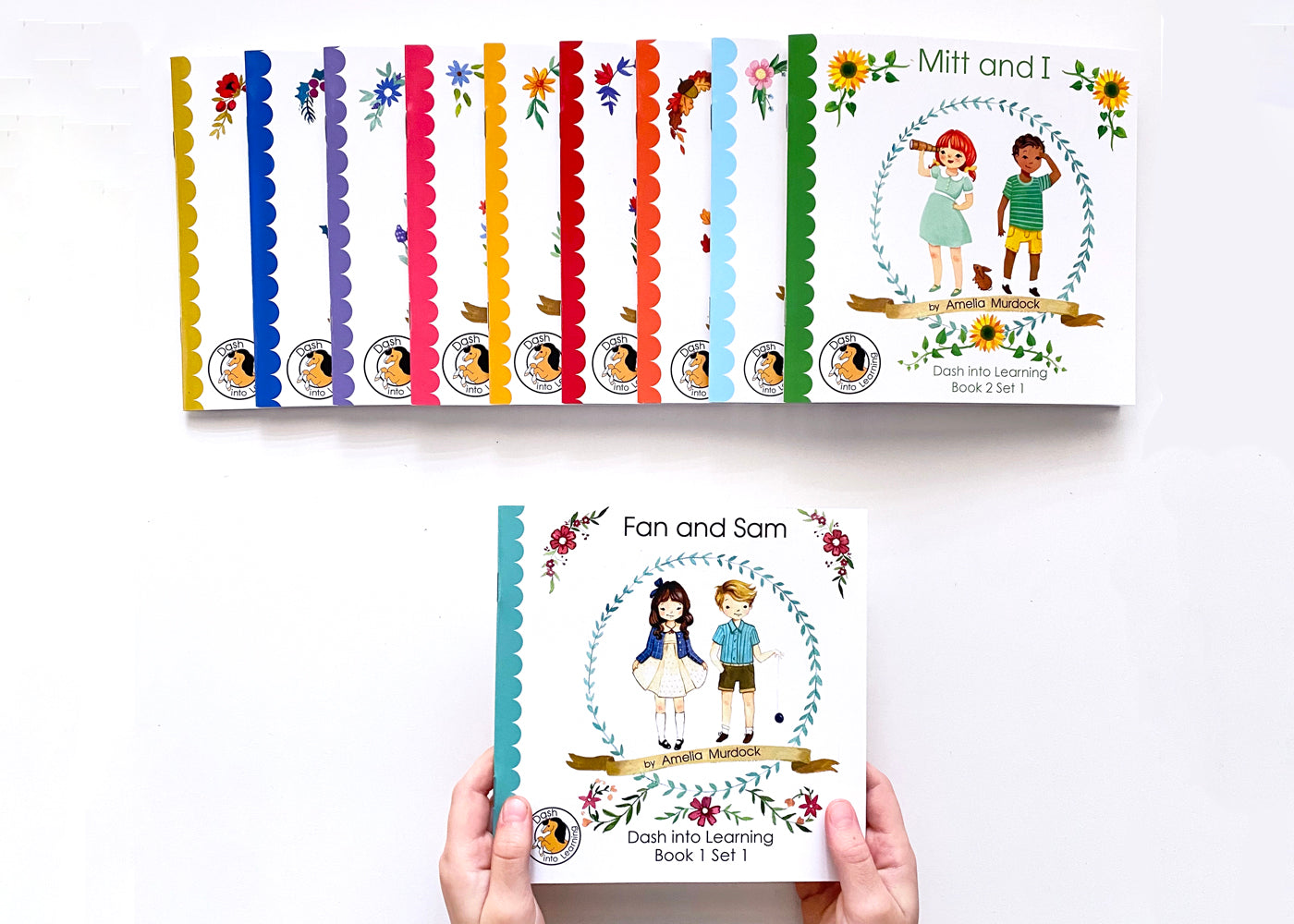An Argument for Cursive Writing in the Age of Technology

In a world where technology is constantly advancing, it’s easy to forget the importance of cursive handwriting. We no longer live in a society where people communicate primarily through handwritten letters—in fact, most people don’t even know how to write in cursive anymore!
Cursive writing is quickly becoming a lost art, but that doesn’t mean it isn’t important. In fact, there are several arguments for why cursive writing should be taught in schools, even in the age of technology.
In this blog post, I will explore some of the reasons why cursive writing is still relevant and important, despite the advances in technology. From cognitive benefits to motor skills and more, read on to learn why cursive writing should be kept alive.
Get your free cursive writing charts from Dash Into Learning
Printing vs. Cursive
There are a few key reasons why printing vs. cursive is such a hot topic of debate. First, there’s the question of practicality. In the age of technology, it seems that everything is moving towards digital formats, so why bother learning something like cursive writing that will eventually become obsolete?

Second, there’s the question of efficiency. Many people argue that printing is simply faster and easier to learn or teach than writing in cursive; why bother with the extra effort?
The truth is that cursive writing is easier to teach because it's fluid and doesn't require the same starting and stopping motion of the pen that print does.
Further cursive writing eliminates that old B-D confusion children often experience when learning the print method of handwriting.
If your child needs help with b and d recognition, this activity pack will help.
Cursive Handwriting Has Increased Benefits for Brain Development
Cursive handwriting has been shown to have a number of benefits for brain development. A 2020 study showed that children who learned to write in cursive had increased brain activity in the areas responsible for language and working memory. The study went on to show that typing did not effectively increase brain activity. That's not only shocking when you think of children's brain development but also very concerning as a parent.

The benefits of cursive writing are due to the fact that handwriting requires the use of both sides of the brain. When you write in cursive, you use your dominant hand to control the movement of the pencil, while your non-dominant hand stabilizes the paper. This helps to develop fine motor skills and coordination. In addition, the act of forming letters requires you to use different muscles than you do when you print, which helps to exercise different areas of the brain.
So why aren’t more schools teaching cursive writing? Unfortunately, with the increasing reliance on technology, many schools are cutting back on handwriting instruction altogether. However, there is a growing movement among educators to bring back cursive writing instruction, as they realize the importance of developing all aspects of a child’s brain.
If you would like to add cursive writing to your child's homeschool day, may I recommend our Dash Into Handwriting cursive series?
Learning cursive writing has been linked to higher retention rates.
One of the most touted benefits of cursive is that it can help with retention rates. There are a few possible explanations for why this may be the case. One is that cursive writing requires more fine motor control than print writing, and this may help to engage more areas of the brain.

Another possibility is that the connectedness of cursive letters helps to create neural pathways that aid in memory recall. Whatever the reason, there is evidence to suggest that learning cursive writing can be beneficial for retention rates.
Let's not forget a cursive signature is professional looking.
In a world where technology is king, it's easy to forget the importance of cursive writing. However, there are still many situations where a handwritten signature is required, and in these situations, it's important to have a signature that looks professional.
Cursive writing can be seen as more personal than typed out signatures, and it shows that you're willing to take the time to make your signature look good. In a business setting, this can be seen as a sign of respect and can give you an edge over those who don't bother with cursive. While this may be a long way off for our kids, it's still considered an important life skill.
Grandma Still Writes in Cursive!
In a world where text messaging and email have become the norm, some may argue that there is no need for cursive writing anymore. However, those who still remember how to write in cursive know that it is a skill that is not only useful but also therapeutic.
There is something special about being able to write in a fluid, looping script. It's quickly becoming a lost art form in today's world, and one that should be cherished. For many of our children, our grandparents are the last generation who still regularly write in cursive. Seeing their handwritten letters is a reminder of a simpler time, a time when people took the time to sit down and really connect with one another through the written word.
Teaching our children to not only write but also read cursive will undoubtedly help many a future historian or family researcher. Just imagine all the old handwritten letters in a shoebox in the attic, waiting to be discovered by future generations. Imagine how sad a world it would be if that long ago written history wasn't decipherable because we lost the art of cursive.
What do you think? Is cursive a skill they should still be teaching? Do you teach it to your children?





Leave a comment